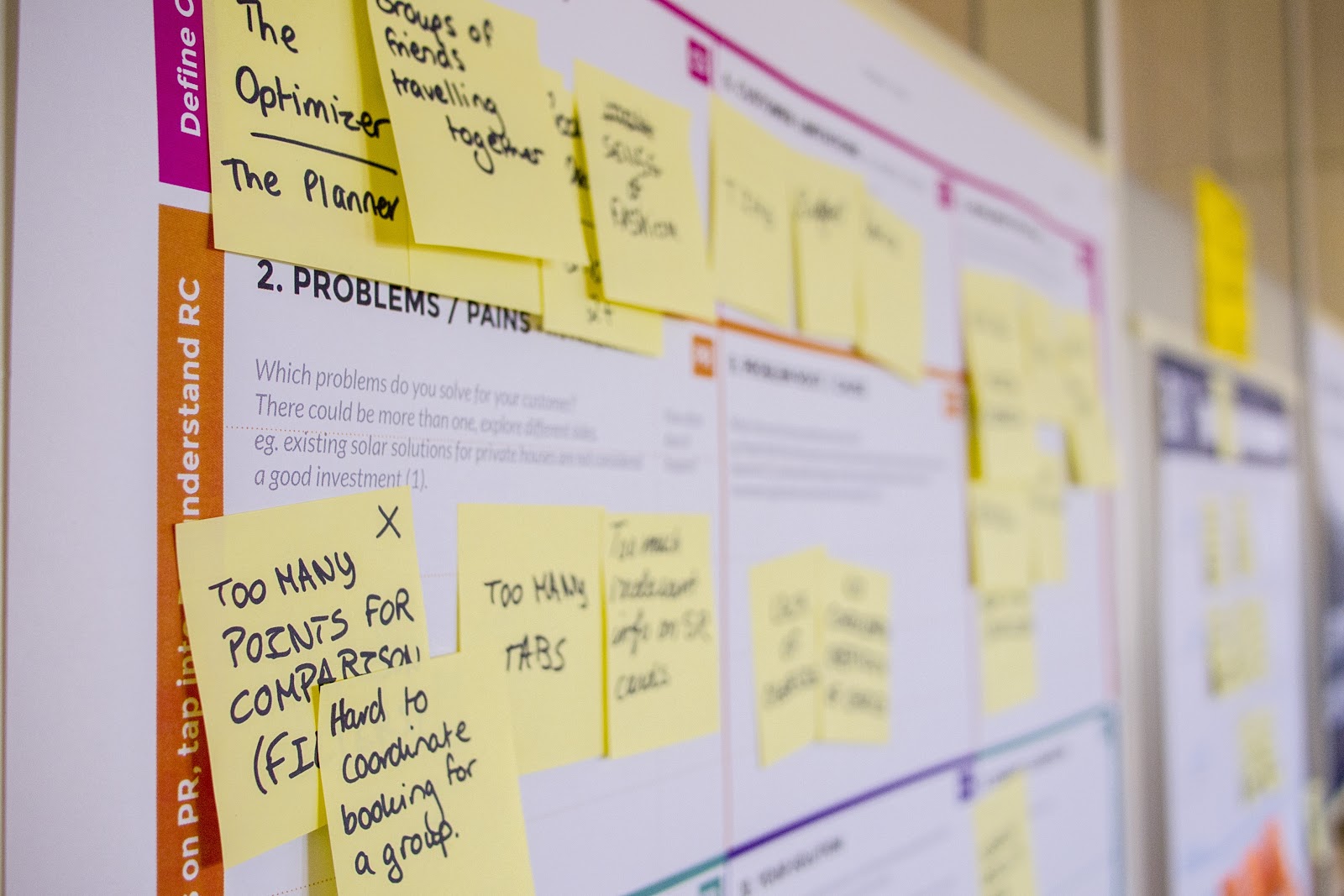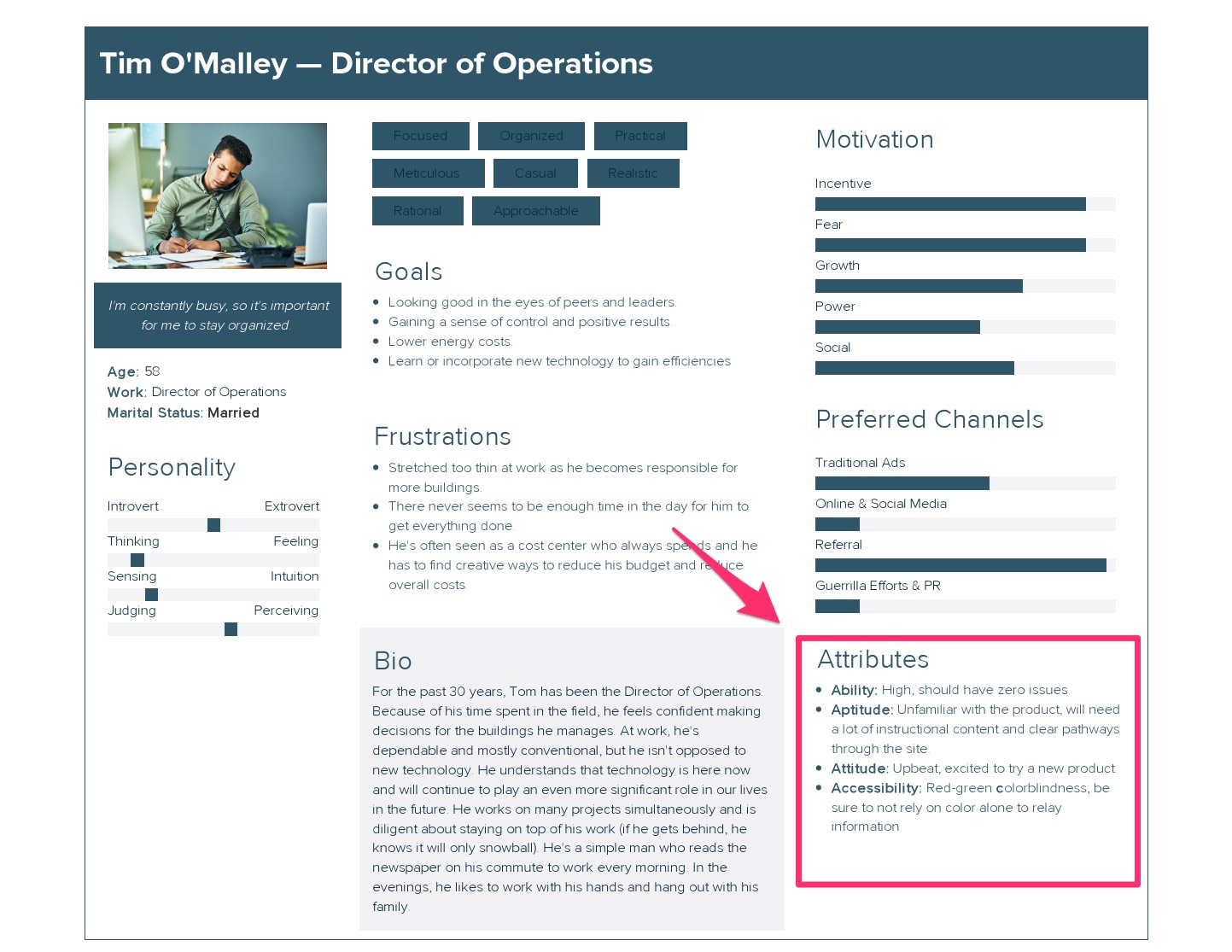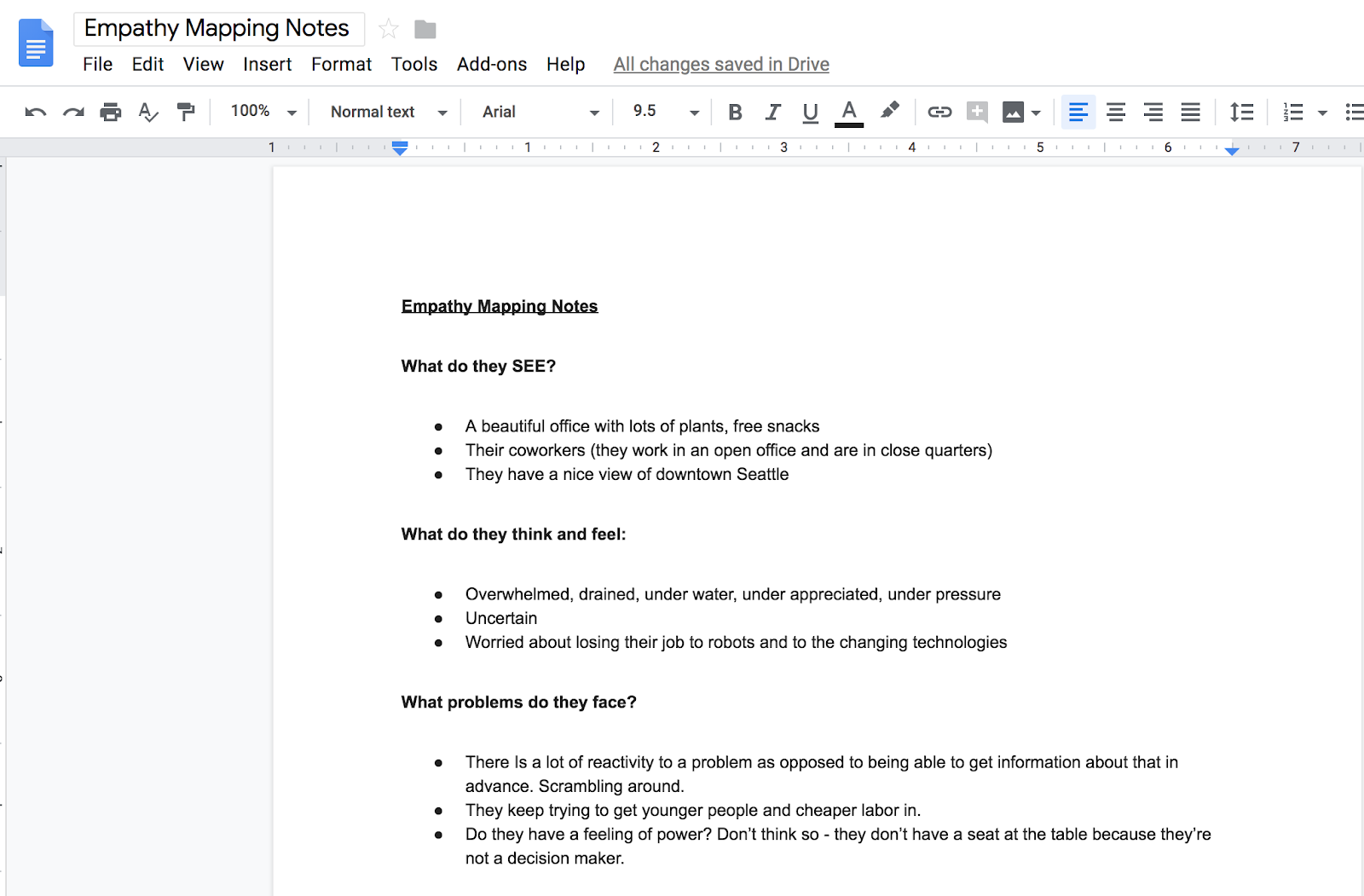Various companies have used traditional personas to understand who their customers are. This occasionally works, but it’s often impossible for these personas to be comprehensive. Next time you’re trying to better understand your audience, use empathy to create diverse personas that can help you reach a broader group of consumers.
Buyer personas — because they inherently generalize consumers — have traditionally lacked empathy, making it difficult for marketers to truly diversify their efforts. We’ve been told for the last decade that segmentation (dividing potential customers into groups based on shared characteristics) and focus are essential to reach paying leads.
Companies using personas to craft marketing and sales tactics develop a clearer understanding of their buyers, but this method can backfire. Even small audiences contain vastly different individuals, and traditional personas don’t embrace every person in that sampling.
Here’s how you can use empathy to develop diverse personas and better reach a broader group of consumers.
Inclusive marketing
Inclusive marketing doesn’t focus on a single group of people. It involves broadening your audience to widen your sales funnels (the path potential customers take on their way to purchase). This form of diversified marketing is considered an active response to traditional, limited personas — which can rely on stereotypes — and an attempt to demonstrate inclusivity in your marketing efforts.
This marketing method helps your organization and the customer. Broadening your audience means more campaigns reach more people with problems you can solve. It also creates brand loyalty and attracts positive press. When customers feel truly represented and valued, it leads to a higher rate of conversion (paying customers) and retention (repeat customers).

Traditional vs. diversified methods
Marketers use personas to uncover consumers’ preferences on a more personal level. The traditional and modern methods of creating personas both collect information, but the modern method is much more diversified and effective.
Traditional method
The traditional method relies more on outside data than getting to know the customer and has a few go-to processes to collect data. In addition to studying demographics like age, gender, location, and occupation, the traditional method looks at qualitative and quantitative user research:
- Qualitative research uses a small sample size to discover new trends through tactics like usability testing and user interviews. This type of research isn’t meant to act as proof, but it’s incredibly efficient at uncovering insights and why something is happening.
- Quantitative research uncovers data using site traffic analysis and surveys with larger sample sizes. Statistically significant trends can be gleaned from thousands of data points, helping researchers discover what is happening.
Diversified method
The modern marketing approach to creating diverse personas dives a bit deeper than studying trends and surveys. It humanizes your customers and lends integrity to your efforts.
The goal behind developing a diversified persona is to create empathy for your potential users rather than relying on a static representation of a consumer group. To develop a diverse persona, keep these key attributes in mind:
- Ability refers to the user’s ability level and any impairments they may have
- Aptitude determines how experienced the user is and how comfortable they are using your product or service
- Attitude explains how your ideal user feels toward your brand and their general attitude about life
- Accessibility shows the challenges a user might face when accessing your product or service

Once you have a clearer idea of your audience’s attributes, you can better use the following methods to create your personas.



















Free ebook: Web design 101
Master the fundamental concepts of web design, including typography, color theory, visual design, and so much more.
Journey maps
A journey map visually represents how a potential buyer might discover, learn about, purchase, and use your product or service. It identifies the touchpoints and moments when a person interacts with your brand.
A journey map should depict how your business and marketing teams might create content for the user at each touchpoint. It should also explore factors like satisfaction, experience, and ease of use.
Empathy maps
This form of mapping explores a buyer’s thought process. It looks at emotions and feelings rather than data and trends, and puts your perspective and focus on the consumer—where it belongs.

When developing an empathy map, focus on these 4 concepts:
- Seeing: How does your brand fit into the buyer’s worldview? What do they see when they view your product or service?
- Thinking: What does the buyer think about the benefits your brand offers? What do they hope to gain?
- Feeling: What are the buyer’s fears? What keeps them from purchasing your product or service?
- Doing: What influences the buyer and how? What would they change about your current processes? What is the outcome they wish to see from engaging with your brand?
Inclusive marketing and diverse personas put you in the shoes of a variety of people. To be effective, diverse personas require you to ask the right questions in addition to looking at raw data. And you have to involve empathy.
Creating empathy
To create empathy, you need to consider inclusivity and accessibility — diversification starts by fostering understanding.
Pronouns
Marketers generally create personas with he or she pronouns, but these terms don’t represent everyone. Consider including nonbinary, trans, and other identities in your personas to be more inclusive. This will help you better understand your audience and help everyone who encounters your brand feel seen and included.
Accessibility vs. usability
Traditional personas focus on common concepts like customer frustrations and motivations. Diverse personas consider the way different people interact with your brand, allowing you to reach a wider audience.
Accessibility considerations ensures people with disabilities can use your site and gives you deeper insight into the people who engage with your brand. Usability measures how easy your site is to use — if your site isn’t accessible to some, its usability is zero.
Average vs. unique individuals
In the past, marketers would try to find similarities and trends in their data through averages. But average is an artificial construct — diversifying your marketing efforts should involve more than one persona per group.
You can also create empathy in how you interview customers. Take a conversational approach instead of interrogating customers. The more comfortable they feel, the more likely they are to open up and offer invaluable insight.
Using successful personas
Creating an empathetic persona doesn’t mean a lot if you can’t use it. When you embrace empathy, you tap into all kinds of benefits:
- Improved value proposition: Communication with consumers during the persona creation process allows you to fine tune how you meet customer needs and spurs product development. This is especially effective for companies with highly iterative products or services.
- Improved conversion rates: The more time a company takes to understand their modern consumer, the easier it is to know what leads them to purchase your product. Empathetic personas help you gain insight, which means higher conversion rates.
- Increased team communication: Creating empathetic personas often gets internal sales and marketing teams — who should be as broad and diverse as your audience — talking about and centering diversity, accessibility and inclusion. This hopefully translates to continued empathetic persona building efforts and more effective communication.
- Exposed bias: When you gather your team to consider inclusive marketing, it causes a sense of self-reflection. This allows team members to challenge their inner personal and group biases — and grow and do better together.
- Updated data: Creating empathetic personas involves cleaning up and verifying company data — like current contacts — and increases the effectiveness of your inclusive marketing.
Just as personas are unique to each organization, so is how you decide to use them. Every motivation can be different, but they should all be considered — even in small samples.
The modern consumer is socially motivated and highly informed. Consumers want to see themselves and underrepresented groups included in your marketing efforts. They will notice when your business makes an effort to be inclusive in virtual and physical spaces.
Treating customers with respect earns you their loyalty. The deeper you dig into personas that reflect real people, the more valuable insight you’ll gain. Smarter business practices, like storing big data and progressive analytics, will benefit your bottom line.
Consumers deserve authentic content that speaks to them — the only way to get there is through empathy. The communication between businesses and people is more frequent and personal than it’s ever been.
Are you listening?
































